Tosh Berman's Blog, page 186
February 11, 2016
"Missing Person" by Patrick Modiano (Translated by Daniel Weissbort) David R. Godine Publisher
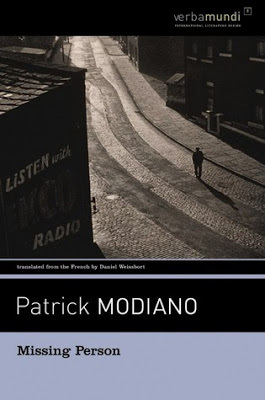 ISBN: 9781567922813 David R. Godine Publisher
ISBN: 9781567922813 David R. Godine Publisher"Missing Person" by Patrick Modiano (Translated by Daniel Weissbort) David R. Godine Publisher
The occupation that took place in France during the war years, was (or is) something that people never got over, and for good reason. 20th century French literature has many novels and books about this dark time in France. One can add "Missing Person" by Patrick Modiano in this mix as well. The narrative is the story of a detective who is locating .... himself. Which, also, is quite the theme for contemporary fiction. From Kafka to Mishima, it is usually a journey to track down the "self" and where that may lead. Here, our hero (of sorts) has a photograph or two, where he interviews numerous people who may have known him or what ever happened to him. This novel is a bit like an espionage novel mixed in with Alain Robbe-Grillet's fiction. It's toxic combination, but still, I found the novel a bit understated for my taste. On the other hand, I really enjoyed his memoir. Still, I will go onward and check out his other novels.
Published on February 11, 2016 12:52
February 6, 2016
"The Hounded Man" by Francis Carco (Thomas Seltzer, 1924)
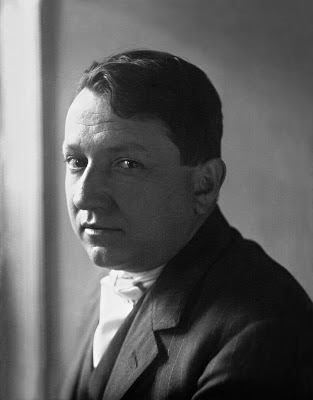
"Hounded Man" by Francis Carco (Thomas Seltzer, 1924)
A tale of a man who commits murder and lives his life after that fact. Of course, since this is a Francis Carco piece of work, there is a woman of the streets who share with the leading character's misery, dread, and fear. Also the city of Paris adds a certain amount of noir existence in the mix as well. I found a copy of "Hounded Man" in the Los Angeles Library system, and my guess it probably hasn't been checked out since its publication date, 1924. Carco is an amazing writer, who specializes in little pyscho-dramas that takes place in Parisian hotels and bars. Why he isn't more known in the English language world is a mystery. I suspect that it will only be a matter of time before New York Review of Books (NYRB) start publishing his noir-like novels of men's darkness and their city (Paris, of course).
- Tosh Berman
Published on February 06, 2016 15:26
February 3, 2016
"Pedigree: a Memoir" by Patrick Mordiano (translated by Mark Polizzotti)
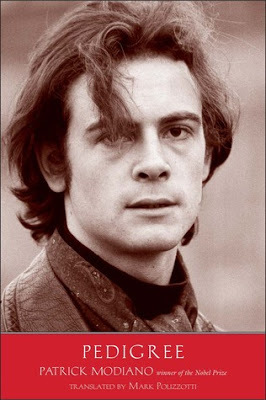 ISBN: 9780300215335 Yale University Press
ISBN: 9780300215335 Yale University Press"Pedigree: a Memoir" by Patrick Modiano (Translated from the French to English by Mark Polizzotti) Yale University Press ISBN: 9780300215335
A moody memoir of the young years of the Nobel Prize winner (for literature) Patrick Modiano. I have not, at this date, read any of his fiction, but will do so. I like his writing, and how he reflects on the relationship between him and his parents. His mother was very distant and sort of demanding, and father was a border-line criminal. Both parents lacked that parent skill, so Modiano floated between and beyond them.
This brief book is hard to put down, and one can easily read it in a few hours. It's concise in scope in that it addresses the years of his childhood up to the time when he wrote his first novel in his early 20s. The narration floats down the stream, like memory at work. His sense of place, specifically Paris in the 1950s is very clear. The book is written dryly, but I sense a great deal of emotion from the author as he covers his life as it happened. The writing is sparse, but loaded with meaning. On top of that, since I'm Boris Vian's publisher in English, I'm delighted he gives some attention to the remarkable figure of the Saint Germain-des-prés scene. It seems like he knew his widow, and she showed him a dance that Boris and her used to do together. Great little book.
- Tosh Berman
Published on February 03, 2016 13:56
January 24, 2016
"The Final Programme" by Michael Moorcock
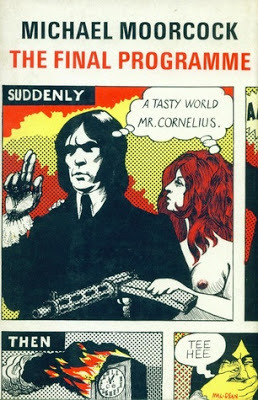 Published by Allison & Busby, 1965
Published by Allison & Busby, 1965"The Final Programme" by Michael Moorcock (Allison & Busby)
A Jerry Cornelius novel! The first in the series. Perhaps even a British comic strip as well as a film. No, I never heard of the series, or of Jerry Cornelius, till very recently. Written by the noted science fiction author Michael Moorcock, this novel reminds me very much of the works by Terry Southern. They both share an anti-everything approach to life, as well as being very much part of the 1960s culture. In fact, "The Final Programme" could have 'only' have been written in the 60s. This 1965 novel is very much a snapshot of its time and has a strong sense of placement, which is London.
Cornelius is an assassin, that resembles a secret agent, and if he lived in a real life or of course in a fantasy world, he would have known about Barbarella. He lives in Notting Hill London, and has various transportation machines - boats, cars, etc. In this novel, he battles his brother Frank, and eventually, and of course, things happen. The main villain is a certain Miss Brunner, and .... Well, you have to read the novel.
The book is very dated. Yet that is part of the charm of reading it in 2016. Here, you get a perspective of Swinging London circa 1965, as well as perhaps an early image of a David Bowie - a character that perhaps Moorcock had a hand in. For those who love Emma Peel, John Steed, The Prisoner, and the Man from U.N.C.L.E. - this is the novel for you.
Published on January 24, 2016 17:39
January 22, 2016
Lush Head Woman (co-written by Wallace Berman)
My dad co-wrote this song, "Lush Head Woman," with his friend Jimmy Witherspoon. I think sometime in 1948? Nevertheless, here it is. I love it.
Published on January 22, 2016 19:44
"Never Love a Gambler" by Keith Ridgway (New Directions)
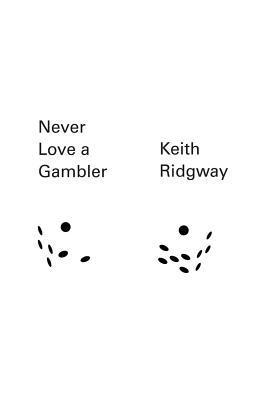
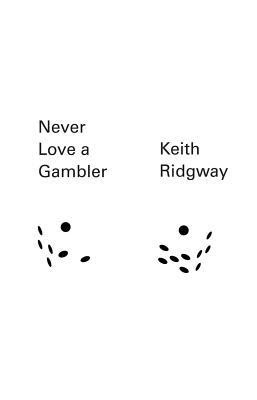 ISBN: 978-0-8112-2294-5 New Directions
ISBN: 978-0-8112-2294-5 New Directions"Never Love a Gambler" by Keith Ridgway (New Directions)
I'm a fan of the English and French speaking gangster world - and the short story by Keith Ridgeway "Never Love a Gambler" fits the mood as one wears a tight leather glove. The son, mom, and most of all, Mossie Russell, the cruel and almost refined gangster. The plotting of the story is not that important to me, but the setting and how the characters interact in that landscape is the real joy of reading this short story. There is a surrealist touch with the dog carrying something that was once alive in his or hers mouth, that adds a certain angst in the picture. "Never Love a Gambler" is three stories long, and all has a wisp of crime or murder involved. The king kink tale is "Ross and Kinnder." A little narration of obsession and violence. I have never read or even heard of Ridgeway till now. Due to this "sample" of short stories, I m very curious to read on to his other works.
- Tosh Berman
Published on January 22, 2016 11:12



